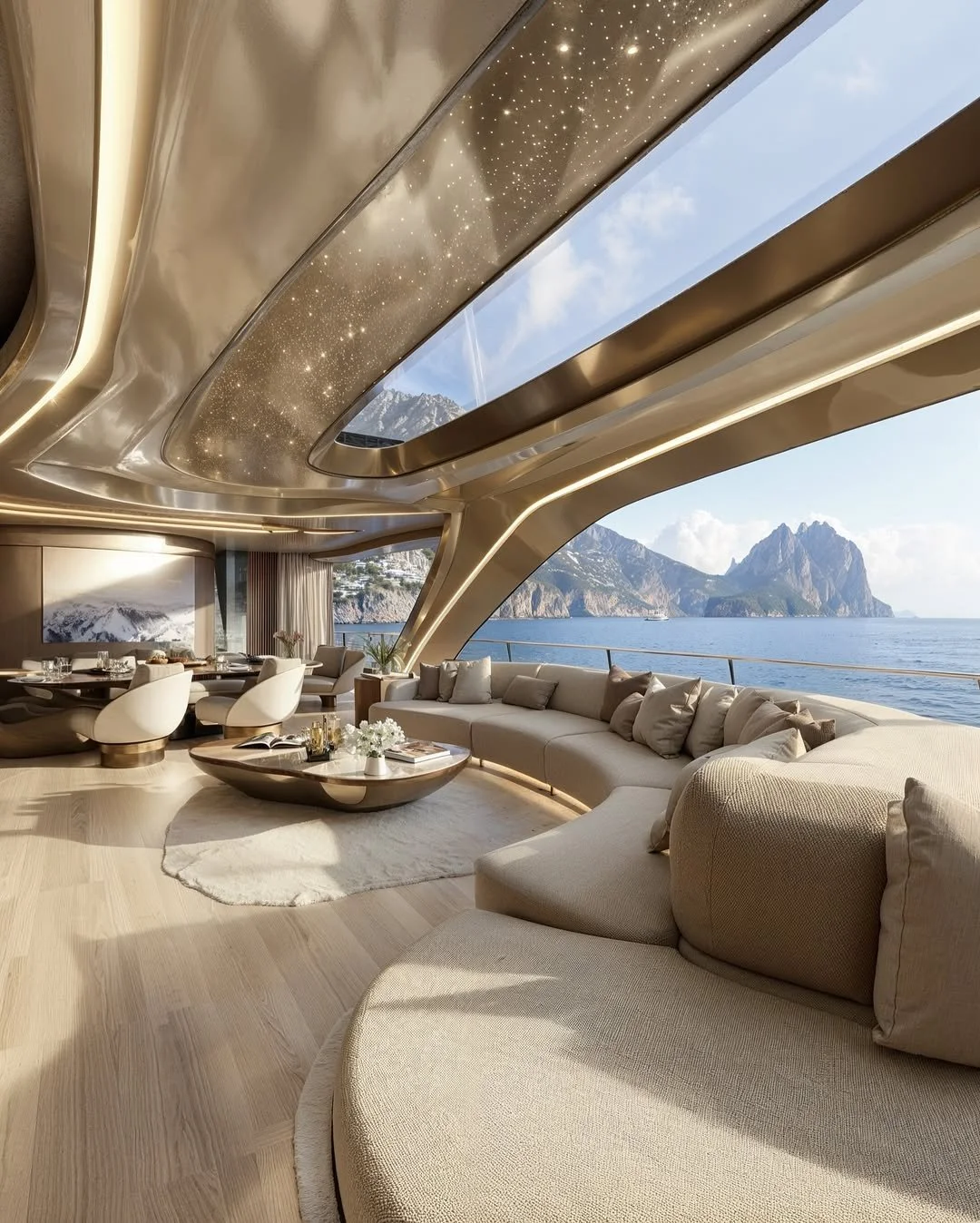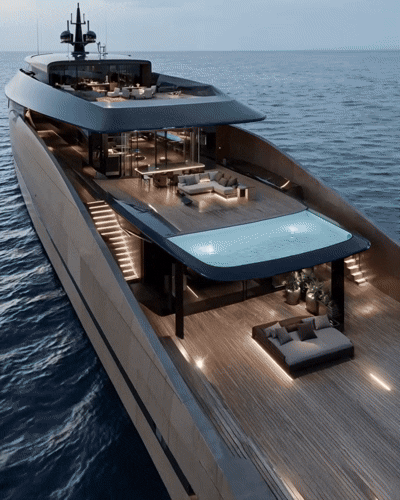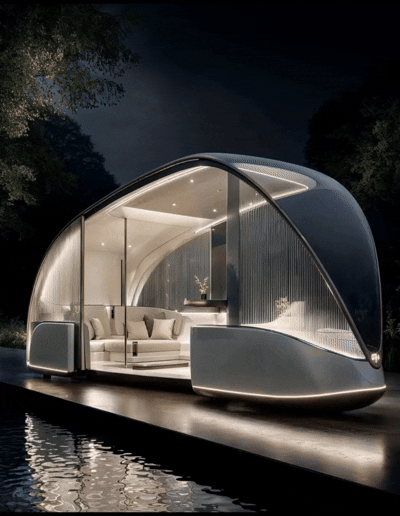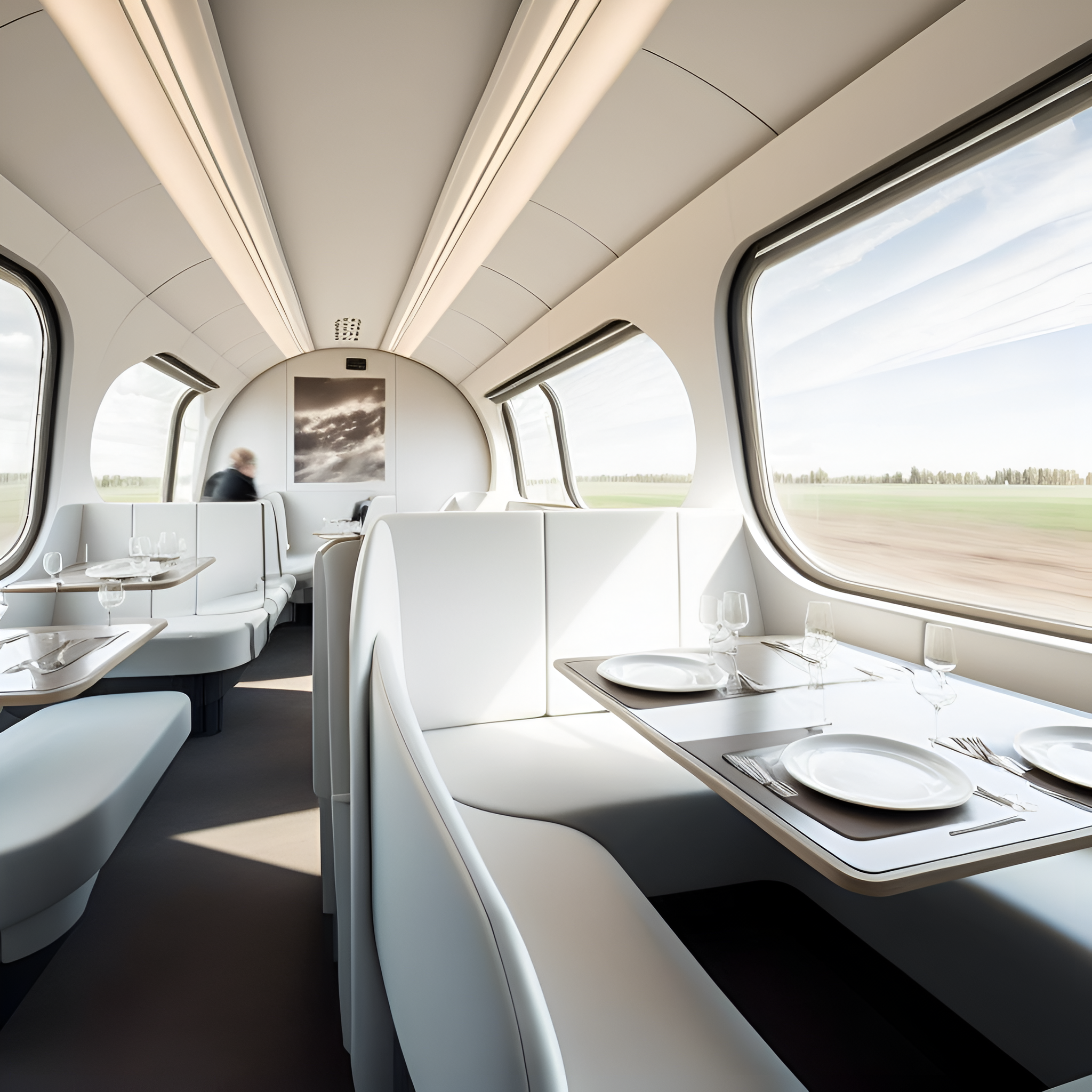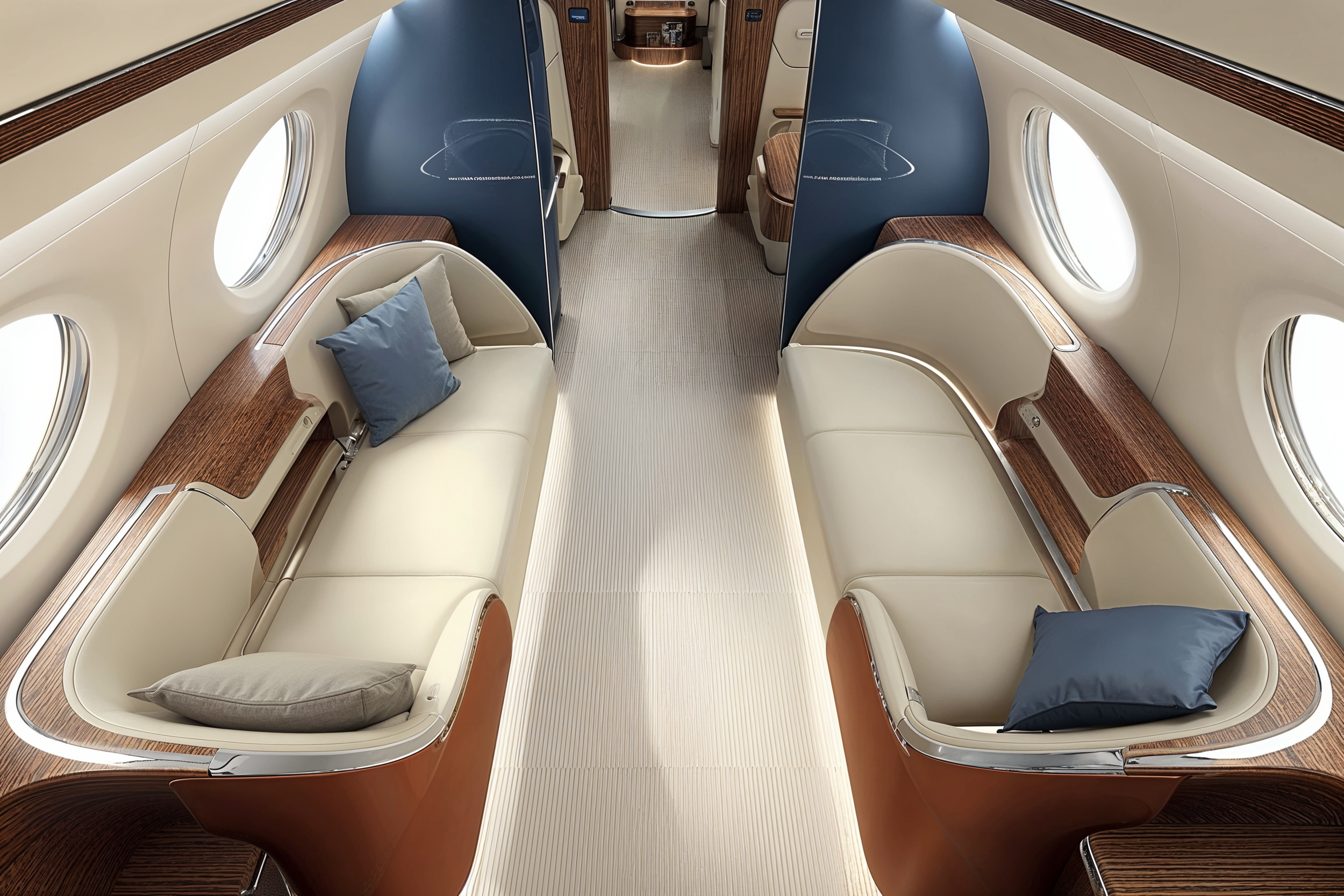Future Of Transportation Design: Innovation Made To Improve Our Experiences
Transportation design is the art of designing movement, creating emotion, and influencing experience. At Vojtek Morsztyn Studio, we see transportation design as an extension of architecture: shaping how people feel as they move through space and how they experience movement itself. Whether it’s a train, a private jet, or a yacht, each project is treated as a moving environment, defined as a world in motion where comfort, craftsmanship, and engineering come together in perfect flow.
The Shifting Language of Mobility Design
The transportation sector is experiencing a fundamental transformation, with global EV registrations expected to reach 18.1 million units in 2025, while the autonomous vehicle market is projected to reach $3.08 trillion by 2033. But beyond these technological shifts, something quieter is happening: the emotional dimension of travel is being redefined.
Movement changes everything. Unlike static architecture, transportation design requires a balance between safety, aerodynamics, weight, and human experience, with every curve, line, and material having to perform in specific conditions while still creating atmosphere. From how light comes through a window, to the feeling of quiet comfort at 30,000 feet, and the rhythm of motion through space, everything needs to be evaluated and considered before the start of the project.
To address these challenges, our process begins with studying how light, motion, and proportion interact in confined environments. Using advanced 3D modeling and AI-assisted visualization, we can explore how passengers experience movement inside a space before a single component is manufactured.
Redefining Comfort in Motion: The Train Interior Concept
In our Train Interior Concept, the design challenge centered on redefining comfort in motion. Rather than treating a train cabin as simply functional infrastructure, we approached it as a continuous spatial experience, blending technical precision with warmth and quiet continuity.
The result is an interior where material transitions guide passengers through different emotional zones, where lighting adapts to journey duration, and where every surface is considered for both its tactile quality and acoustic performance. This work represents a broader shift in transportation design: from utilitarian spaces to environments that acknowledge the psychological and emotional dimension of travel.
Crafting Atmosphere: The Private Aviation Experience
Global luxury travel is anticipated to reach $1,369 billion by 2028, with growing demands on aircraft interior designers to redefine corporate and private jet standards. This expansion reflects not just economic growth, but changing expectations about what private travel should feel like.
In Aerolux Airjet G700, our private jet concept, the design approach centered on tranquility. Soft curvature, integrated lighting, and tactile surfaces create a sense of floating calm, a true sanctuary above the clouds.
In transportation design, materials define atmosphere as much as they define structure. In our concept, we favored working with lightweight composites, biomaterials, and AI-simulated lighting studies to create interiors that feel expansive, even in limited dimensions. The challenge in transportation design projects like this one is creating visual space and the feeling of amplitude where the physical space is constrained.
Contemporary private jet design increasingly emphasizes wellness and adaptability, with multi-functional spaces that allow passengers to transition seamlessly between work and rest, while circadian lighting systems help reduce travel fatigue on long flights.
Material Innovation and Sustainable Transportation Design
The transportation sector accounts for nearly 20% of global carbon emissions, making sustainability a critical focus. Material selection in transportation design is a structural, environmental, and ethical consideration.
New materials and design processes and tools are reshaping what's possible:
Recycled carbon composites reduce weight without compromising strength.
Bio-based textiles and low-emission finishes create healthier cabin environments.
Digital material mapping helps visualize and test these materials virtually before production, reducing waste.
Taking these into account is essential when designing spaces, to demonstrate that environmental responsibility and refined experience are not opposing forces—they're complementary.
The New Language of Luxury Mobility
Luxury in transportation design is shifting, and where once luxury meant opulence, now it means effortlessness: intuitive lighting, silent motion, breathable textures, and seamless digital integration.
Our Yacht Interior Concept explores this evolution. Every surface is minimal yet expressive, and light, geometry, and motion create rhythm, mimicking a dialogue between space and sea.
The design language used in this project emphasizes natural materials with visible texture, neutral palettes that don't compete with exterior views, and lighting that shifts throughout the day to maintain a connection with natural cycles.


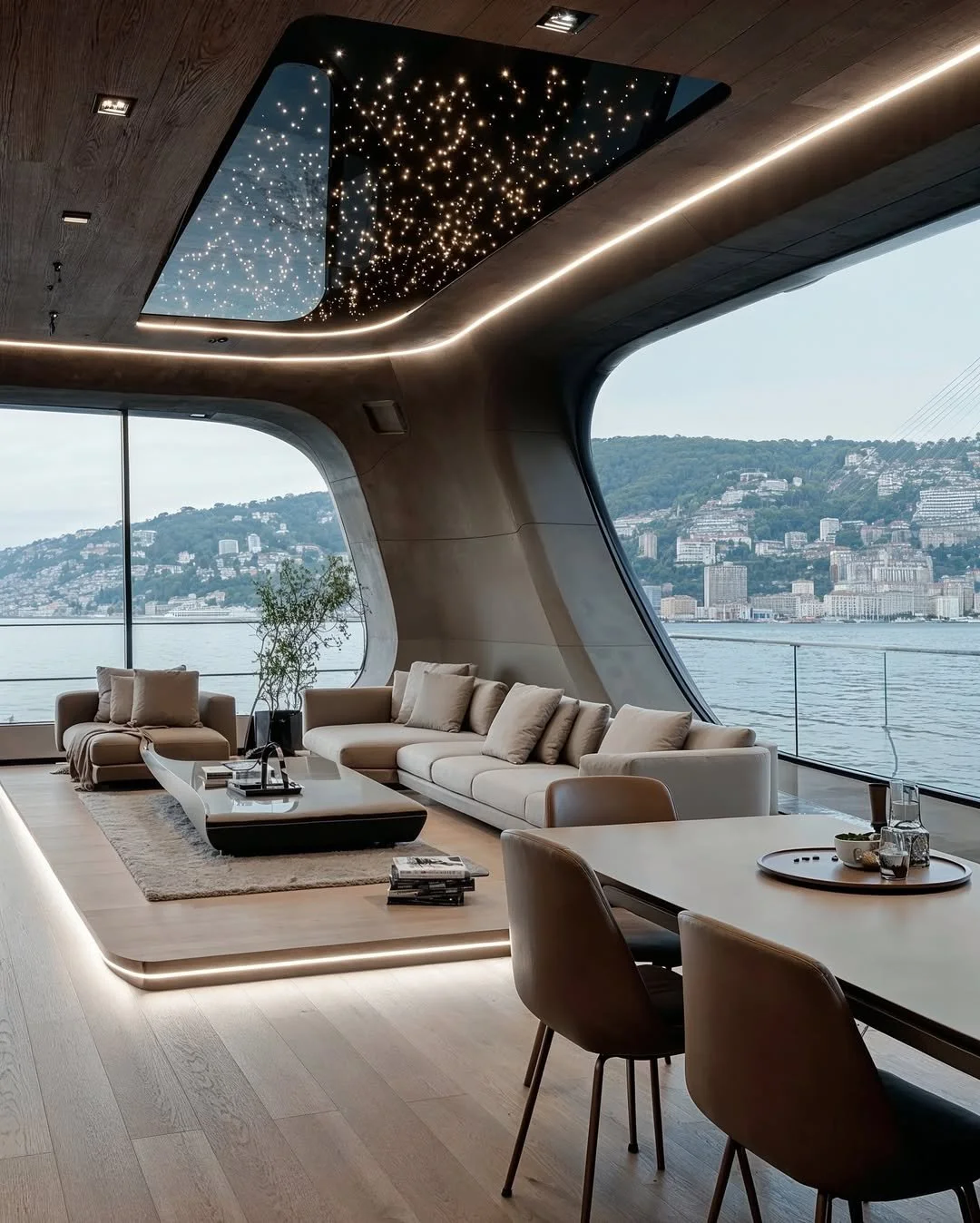


AI-Driven Design in Transportation
Approximately 75% of supply chain operations will use AI by 2025, with the logistics sector seeing around 20% of companies already using it in some capacity. But AI's role in transportation design extends beyond logistics into the creative process itself.
AI-driven design combines human creativity with machine-generated possibilities. From predictive ergonomics to generative modeling, AI helps us explore countless variations, from shapes optimized for aerodynamics to lighting tuned to human circadian rhythm and materials chosen for both beauty and performance.
We integrate AI at the conceptual and visualization stages to translate client intentions into spatial direction faster. It helps us build mood-driven atmospheres, explore form evolution, and refine material studies before moving into detailed modeling. At its best, AI allows us to spend more time on what truly matters, defining the feel and lived experience of the space—how a space feels in motion, how light moves through a cabin at different times of day, and how a surface responds to touch.
Where Movement and Meaning Converge
Transportation design will continue to evolve as materials advance, as AI capabilities deepen, and as sustainability standards tighten, but its purpose will always be the same: to connect movement and meaning.
At Vojtek Morsztyn Studio, we work across transportation, interior, and industrial design, creating spaces that move with intention. Each project is an opportunity to explore how form, material, and human experience coexist in environments where stillness and motion intersect.
Explore our transportation design portfolio or start a project to see how we can transform your vision into reality.


